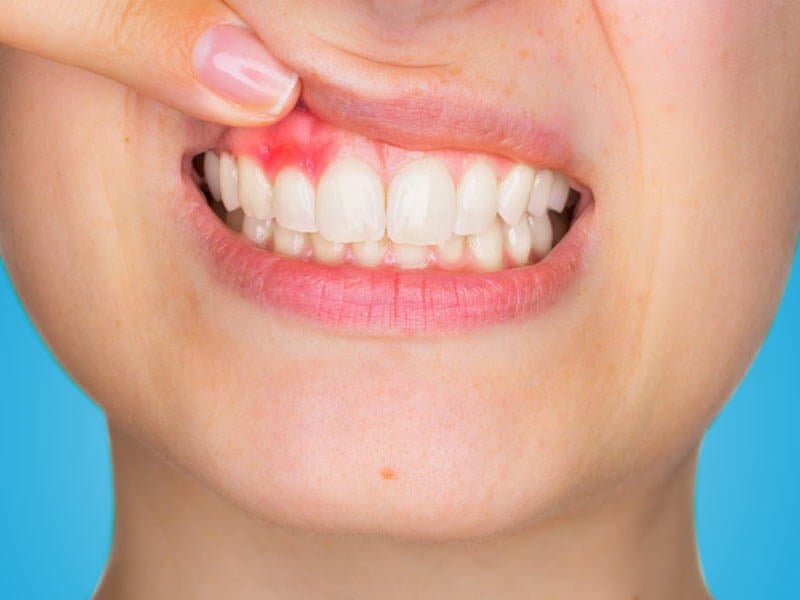This is a narrowing of the spaces within the spine which can put a pressure on the nerves that are traveling through the spine [1]. This condition is most often happening in the neck and lower back. There are some people who have spinal stenosis and they may not have symptoms. There are other people who may experience muscle weakness, numbness, tingling and pain. Also symptoms of spinal stenosis can worsen over time. The wear – and – tear changes in the spine which are related to osteoarthritis are the most common cause for spinal stenosis. There are many cases when people suffer from severe spinal stenosis and doctors are recommending surgery to create additional space for the nerves or spinal cord.
Types of spinal stenosis
There are two main types of spinal stenosis and they are classified according to where on the spine the condition happens. You should know that it is possible to have more than one type of spinal stenosis. Here are the 2 main types of spinal stenosis:
- Lumbar stenosis: When someone has this type of spinal stenosis, then the narrowing happens in the part of the spine in the lower back. This is the most common form of spinal stenosis. [2]
- Cervical stenosis: When you are having this type of spinal stenosis, then the narrowing happens in the part of the spine in the neck. [3]
Spinal Stenosis Symptoms
There are many people who have evidence of spinal stenosis on a CT or MRI scan but they may not have symptoms. When the symptoms of spinal stenosis happen, then they often start gradually and they are worsening over time. These symptoms can vary which depends on the location of stenosis and which nerves are affected.
In the lower back (lumbar spine): When someone has spinal stenosis in the lower back, then he or she can feel some of the below mentioned symptoms:
- Back pain
- Cramping or pain in one or both your legs when you are standing for long periods of time or when you walk, which usually eases when you bend forward or sit
- Weakness in a foot or leg
- Numbness or tingling in a foot or leg
In the neck (cervical spine): When someone has this spinal stenosis, then he or she can fell some of the next symptoms:
- Neck pain
- Problems with walking and balance
- Weakness in a hand, arm, foot or leg
- Numbness or tingling in a hand, arm, foot or leg
- In severe cases, bowel or bladder dysfunction (urinary urgency and incontinence)
If you have any of the mentioned symptoms of spinal stenosis, then you should visit your doctor as soon as possible.
Spinal stenosis causes
The spine (backbone) runs from the neck to the lower back. The bones of the spine are forming a spinal canal which is protecting the spinal cord (nerves). There are some people who are born with a small spinal canal. The most cases of spinal stenosis are happening when something happens to narrow the open space within the spine. Here are some causes of spinal stenosis:
- Spinal injuries: We know that the car accidents and other trauma can cause fractures or dislocations of one or more vertebrae. The displaced bone from a spinal fracture can damage the contents of the spinal canal. Also the swelling of the nearby tissue immediately after back surgery and this can put pressure on the spinal cord or nerves. [4,5]
- Tumors: The abnormal growths which are forming inside the spinal cord, within the membranes which can cover the spinal cord or in the space between the spinal cord and vertebrae. They are uncommon and identifiable on spine imaging with CT or MRI. [5]
- Thickened ligaments: These are tough cords which can help to hold the bones of the spine together and they can become stiff and thickened over time. When these ligaments are thickened, then they bulge into the spinal canal.
- Herniated disk: These are soft cushions which are acting as shock absorbers between the vertebrae and they tend to dry out with age. The cracks in the disk’s exterior can allow some of the soft inner material to escape and press on the spinal cord or nerves. [6]
- Overgrowth of bone: The wear and tear damage from the osteoarthritis on the spinal bones can prompt the formation of bone spurs which can grow into the spinal canal. The Paget’s disease which is a disease that usually is affecting adults also can lead to bone overgrowth in the spine. [7]
References:
[1] American Association of Neurological Surgeons. Lumbar spinal stenosis. Retrieved from www.aans.org/en/Patients/Neurosurgical-Conditions-and-Treatments/Lumbar-Spinal-Stenosis
[2] Otani K, Kikuchi S, Yabuki S, et al. Lumbar spinal stenosis has a negative impact on quality of life compared with other comorbidities: An epidemiological cross-sectional study of 1862 community-dwelling individuals. The Scientific World Journal. 2013.
[3] Lippincott Williams & Wilkins. Asymptomatic cervical stenosis: Let sleeping dogs lie? The Back Letter. 2012;27(4):46.
[4] Fakharian E, Mohammadzadeh M, Saberi HR, et al. Spinal injury resulting from car accident: Focus to prevention. Asian Journal of Neurosurgery. 2017;12(2):180–4.
[5] Zeller JL, Lynm C, Glass RM. Spinal stenosis. JAMA. 2008;299(8):980.
[6] Amin RM, Andrade NS, Neuman BJ. Lumbar Disc Herniation. Current Reviews in Musculoskeletal Medicine. 2017;10(4):507–16.
[7] Stanford Health Care. Spinal stenosis. Retrieved from stanfordhealthcare.org/medical-conditions/back-neck-and-spine/spinal-stenosis.html





